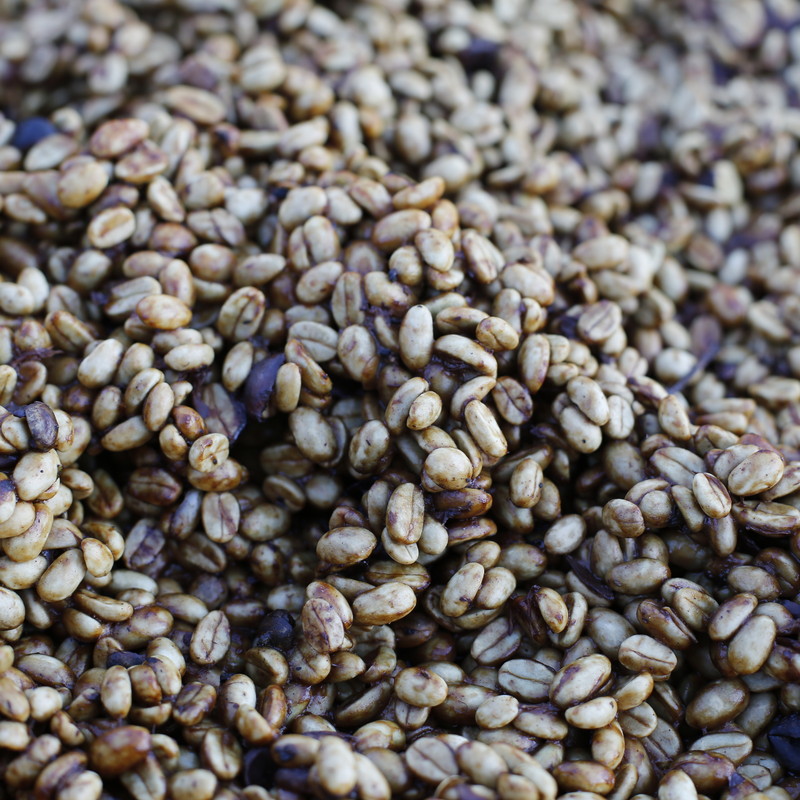Honey Coffee - Impact on Cup Profile
We thought we should resurrect this blog about Honey Process as we've been asked a bout the process quite a bit of late.
You may already know that there are a number of methods for processing coffee and each will have an impact on the cup profile (taste)
Honey process coffee or Café Miel starts with the picking of only perfectly ripe cherries. This is achieved by measuring their sugar content (brix grades) of the coffee cherries on the bush.
Cherries are picked, collected and weighed – and then the outside skin is removed through a machine called a pulper. Inside the cherry are the beans (in fact they are seeds really) which are covered in something called mucilage, a very sweet, sticky honey-like substance which is still fully attached to the beans.
The beans are spread on what are known as African drying beds. These raised beds are made from all different kind of locally sourced materials and wire mesh or black plastic netting (serán) to support the beans.
Depending on weather conditions, the usual drying cycle takes 10-14 days. The beans a hand turned in some cases every 20 mins using a small paddle.
At the end of this stage, the water content of the beans should be around 11 %.
Impact on Cup Profile
The drying of the beans with all the mucilage still attached has a direct impact on the sweetness of the cup. Honey coffees have generally very unique cup profile, characterized by its distinct sweetness, enhanced fruit notes and sweet acidity on the taste and aftertaste.
We have sourced a number of honeyed coffees on this trip so look out online come April / May

